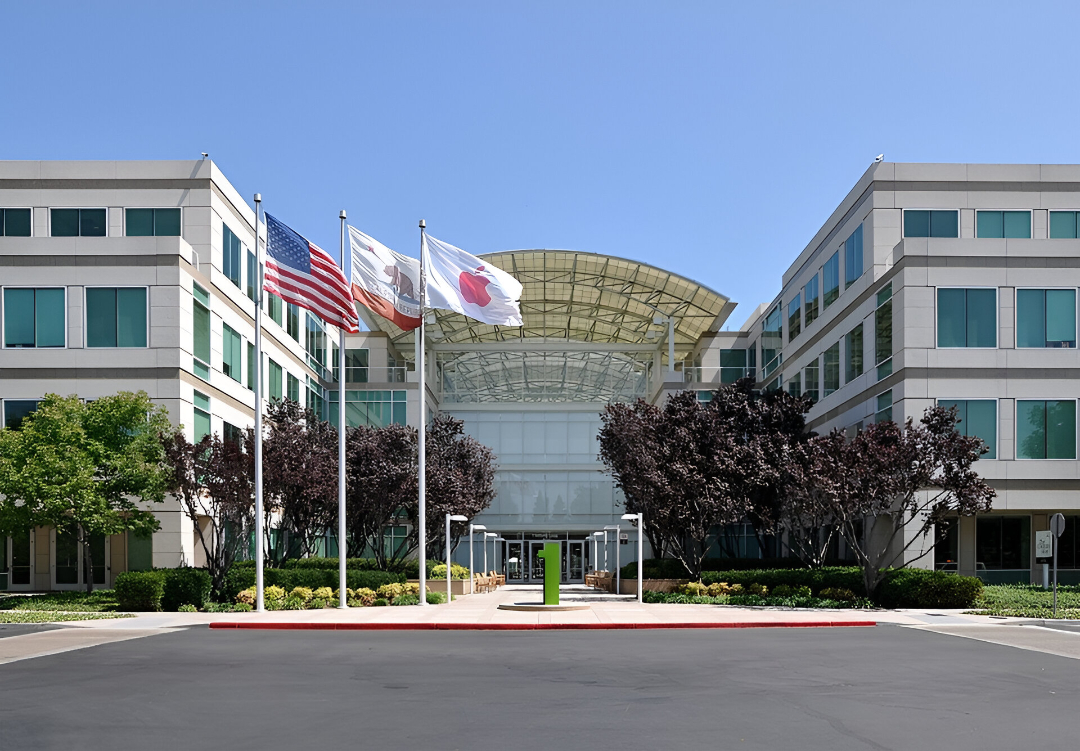Remember mixing tapes when you had to include songs exactly as they appeared on albums? That’s essentially what Apple’s App Store has been—a curated playlist where creators had zero say in how their music was distributed. Until now.
A federal judge has forced a major crack in Apple’s App Store wall, ruling that the company must immediately stop preventing developers from guiding users to alternative payment options. This decision, handed down by Judge Yvonne Gonzalez Rogers, goes beyond a legal setback—it’s a direct rebuke. The judge found Apple VP Alex Roman guilty of “outright lying” under oath and condemned the company for deliberately choosing “the most anticompetitive option.” The court’s forceful intervention marks the beginning of Apple’s walled garden starting to crumble, setting the stage for payment freedom through platforms like Stripe.
At the core of this legal battle is the much-debated “Apple Tax”—the 30% commission that developers have long protested. When previously ordered in 2021 to allow external payment options, Apple implemented a nearly identical 27% fee for off-platform purchases and added warning pop-ups that discouraged users from leaving the App Store ecosystem—tactics the judge has now explicitly prohibited.
What’s Actually Changing
The ruling decisively states that Apple cannot prevent app developers from adding links or buttons for external purchases, obstruct users from choosing third-party websites, or impose “any commission or fees on transactions made outside of an app.” For developers, this means they can now freely communicate with users about cheaper payment options without fear of App Store penalties.
Tim Sweeney, Epic’s CEO, stated that the ruling “It compels Apple to compete with alternative payment services instead of obstructing them, which is what we sought from the beginning,” Epic immediately announced zero fees on the first $1 million in revenue per app annually starting June 2025—a stark contrast to Apple’s approach.
The Bigger Picture
This ruling extends beyond just the tech giants’ legal battle. According to industry analysis, developers could potentially see revenue increases of 10-16% by using alternative payment systems. Based on these projections, a mid-sized developer making $5 million yearly might retain an additional $500,000-$800,000—significant resources that could fund expansion or new projects.
Apple’s official response was brief and direct: “We strongly disagree with the decision. We will comply with the court’s order, and we will appeal.” While Apple has maintained that its App Store policies provide enhanced security and support infrastructure for developers, industry observers note that standard payment processors typically charge much lower fees for similar transaction services.
Winners and Losers
The clear winners include independent developers who can keep more revenue, consumers who might see lower prices, and companies with established brands. The losers? Apple’s services division, smaller developers who relied on App Store discovery, and users who preferred the simplicity of a single payment system.
What’s unmistakable is that the walls of Apple’s garden just got significantly lower. The $100 billion app economy faces its biggest restructuring since apps became a thing. For everyone involved in digital creation, this isn’t just another tech headline—it’s the day David beat Goliath with a court order instead of a slingshot.





























